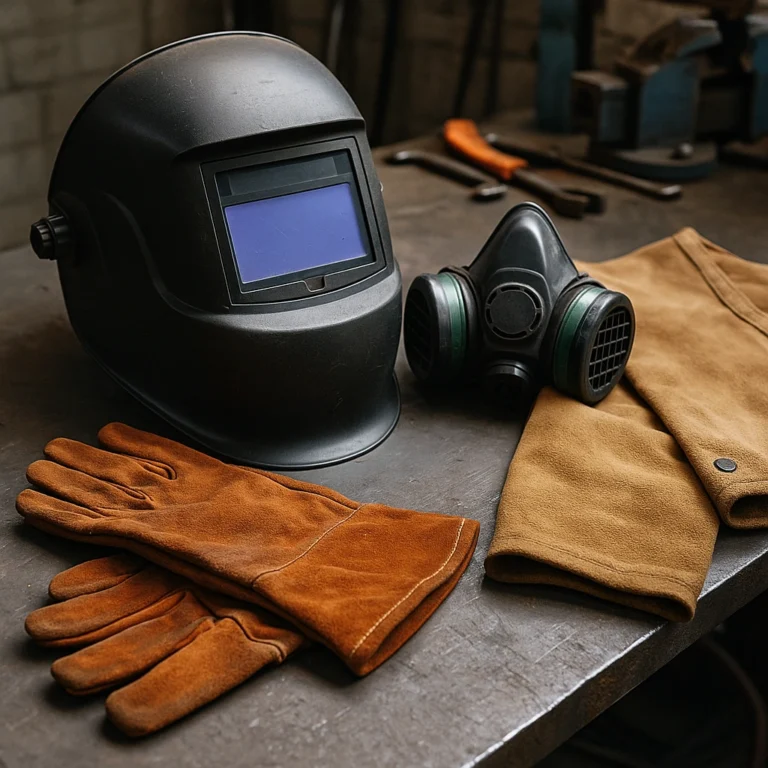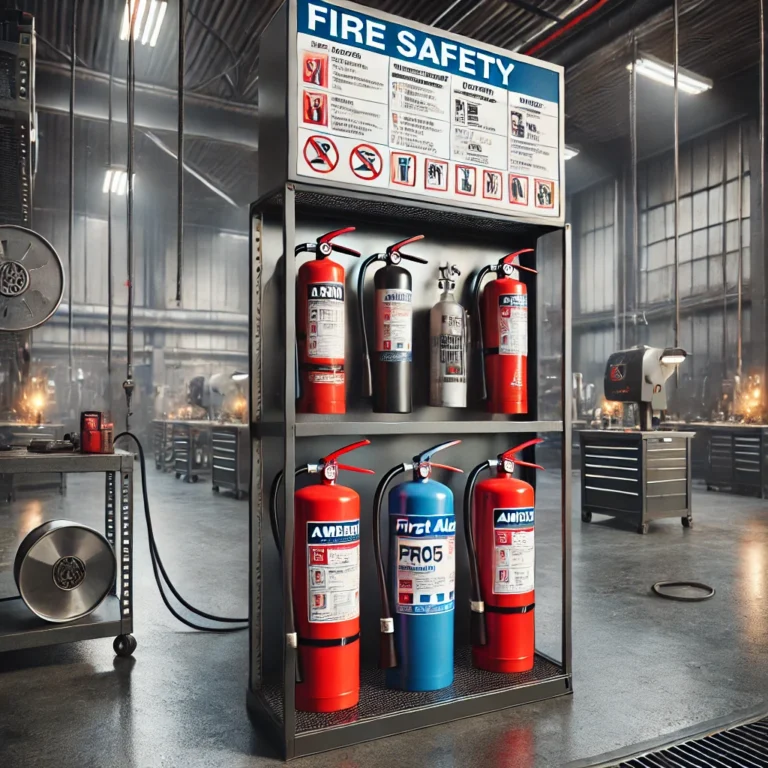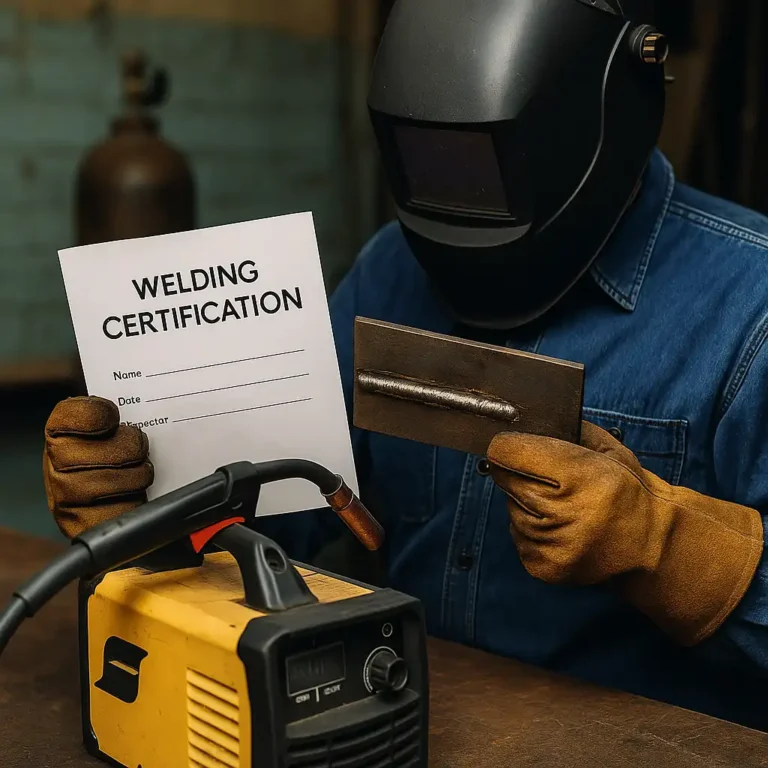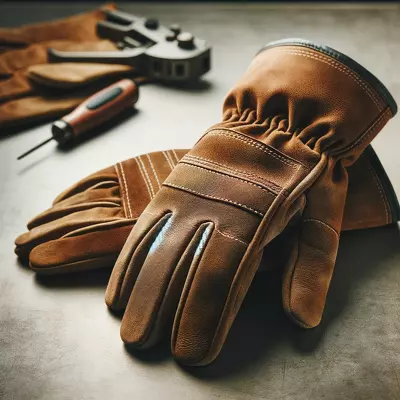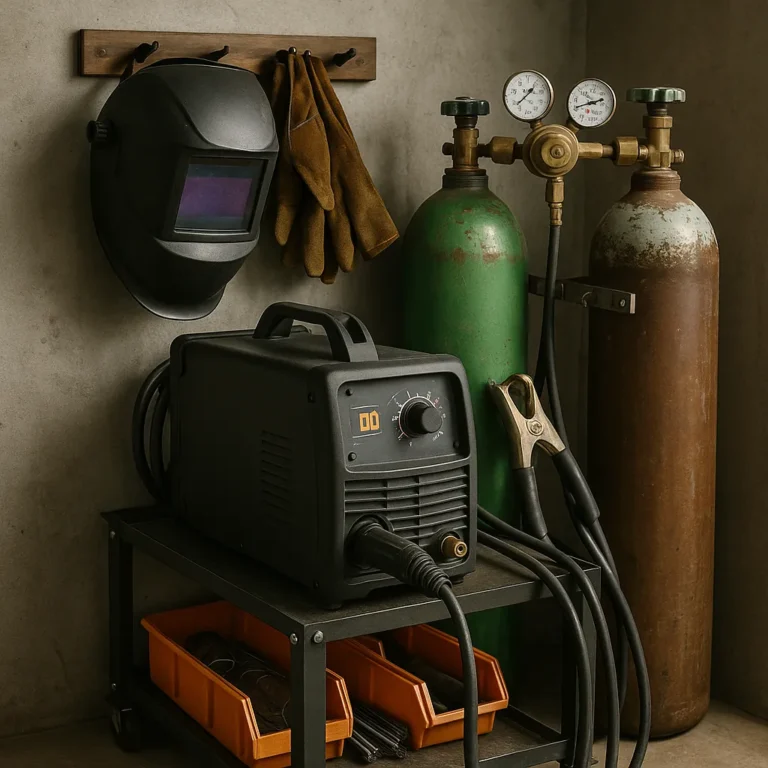How to Treat Welding Burn on Skin Quickly and Safely

Welding is a high-heat, high-risk trade where even a brief lapse in safety can result in painful burns. Whether it’s caused by arc flash, hot metal, or molten slag, a welding burn on the skin requires prompt and proper treatment to prevent infection, reduce pain, and promote fast healing. While minor burns can often be handled at home, more severe cases may need professional medical attention. Knowing what to do in the first critical minutes can make all the difference.
Recognizing the Severity of Welding Burns
Before treating any burn, assess how severe it is. First-degree burns are the most common and affect only the outer layer of skin. They cause redness, mild swelling, and discomfort. Second-degree burns involve deeper layers and may form blisters, while third-degree burns are serious injuries that damage all skin layers and sometimes muscle or bone.
First- and second-degree burns can often be treated with basic first aid, while third-degree burns always require immediate emergency care. If the burn area is large, involves the face, hands, or joints, or shows signs of infection, seek medical help without delay.
Immediate Steps for First-Degree Burns
If you suffer a mild burn while welding, act fast to minimize the damage. Remove gloves or any clothing touching the burn site. Do not pull off anything stuck to the skin. Run cool (not cold) water over the burn for 10 to 20 minutes to reduce heat and inflammation. Never use ice directly, as it can worsen tissue damage.
After cooling, gently pat the area dry with a clean cloth. To soothe the skin, apply a thin layer of aloe vera gel or an over-the-counter burn ointment. Avoid using butter or greasy home remedies—they trap heat and may cause infection.
Treating Second-Degree Burns with Blistering
For burns that blister, clean the area with cool water and mild soap, being careful not to break any blisters. Cover the burn with a non-stick sterile dressing and secure it loosely with gauze or a bandage. To manage pain and swelling, you can take an over-the-counter pain reliever like ibuprofen or acetaminophen.
Avoid popping blisters, as they protect the underlying tissue and reduce infection risk. Keep the area clean, change dressings daily, and watch for signs of infection like redness, pus, or fever.
When to Seek Medical Help
Seek professional medical care if the burn:
- Covers a large area
- Involves the face, hands, feet, or joints
- Appears white, charred, or leathery
- Is extremely painful or worsening over time
- Shows signs of infection
Third-degree burns always require emergency attention. Time is critical, so do not attempt home treatment beyond covering the burn with a clean cloth.
Prevention Is Better Than Treatment
The best way to avoid welding burns is to prioritize safety. Always wear flame-resistant clothing, welding gloves, and a helmet with proper coverage. Ensure your gear fits well and isn’t damaged. Be mindful of your surroundings, especially when welding overhead or near flammable materials. Most welding burns are preventable with the right PPE and training.
Conclusion
Welding burns can range from minor nuisances to serious injuries. Properly treating welding burns on skin helps reduce discomfort and improve healing time. Always evaluate the severity, act quickly, and don’t hesitate to seek medical care for more serious injuries. Remember, prevention through proper gear and awareness is your best defense.

